Enlarge
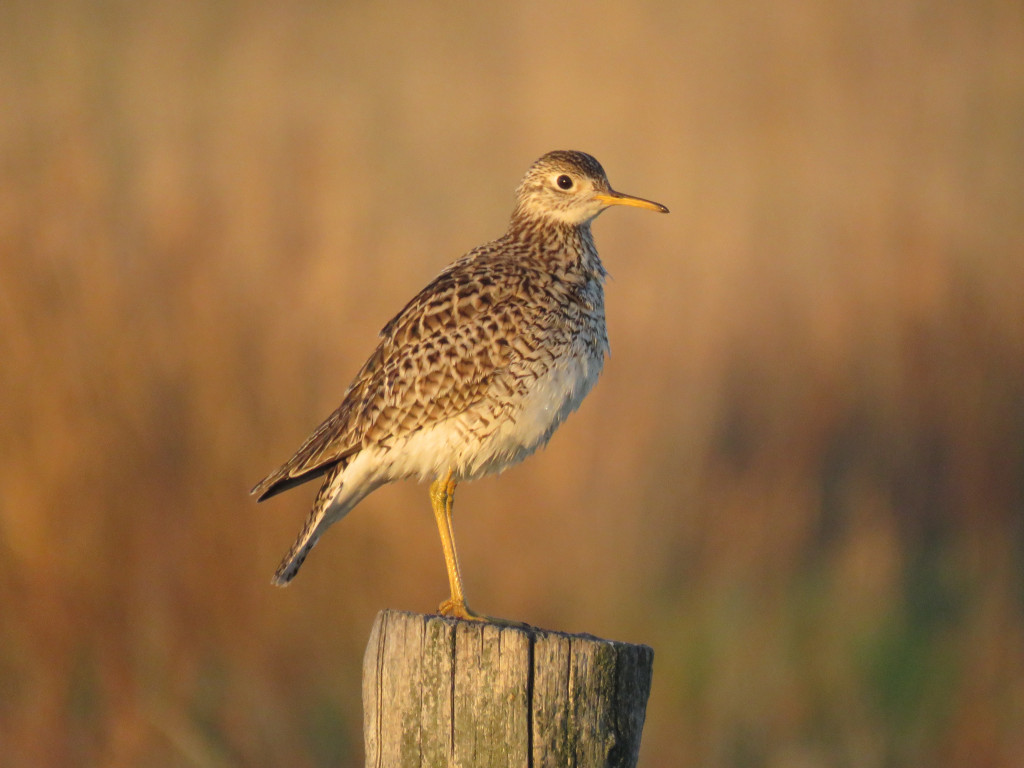
Photo by Olivia DaRugna
By Olivia DaRugna, Watchable Wildlife Biologist
May in Nebraska is a bird watcher’s paradise. Endless birding opportunities abound, from colorful warblers, to unique shorebirds, to interesting breeding behaviors. It is no wonder May is Nebraska Bird Month. No matter where you are located in the state, you can bet that there will be variety of birds to spot.
Shorebirds
Late April to mid-May is peak shorebird migration as 30 species and about 300,000 to 500,000 shorebirds stopover in the state. Nebraska’s diverse wetlands provide essential habitats where many shorebirds rest and refuel on their long journey from wintering grounds in South America to breeding grounds in the arctic tundra of Canada and Alaska. Observing shorebirds in a wetland is always a joy as there are a variety of bill shapes, plumages and foraging methods to look for in one location.
A favorite among many birders is the Wilson’s phalarope. Watch this delicate bird spin in circular motions in the water and stir up small invertebrates, which it plucks up to eat. The Wilson’s phalarope is not afraid to get its feet wet. The birds are comfortable foraging in water that is as deep as their belly.
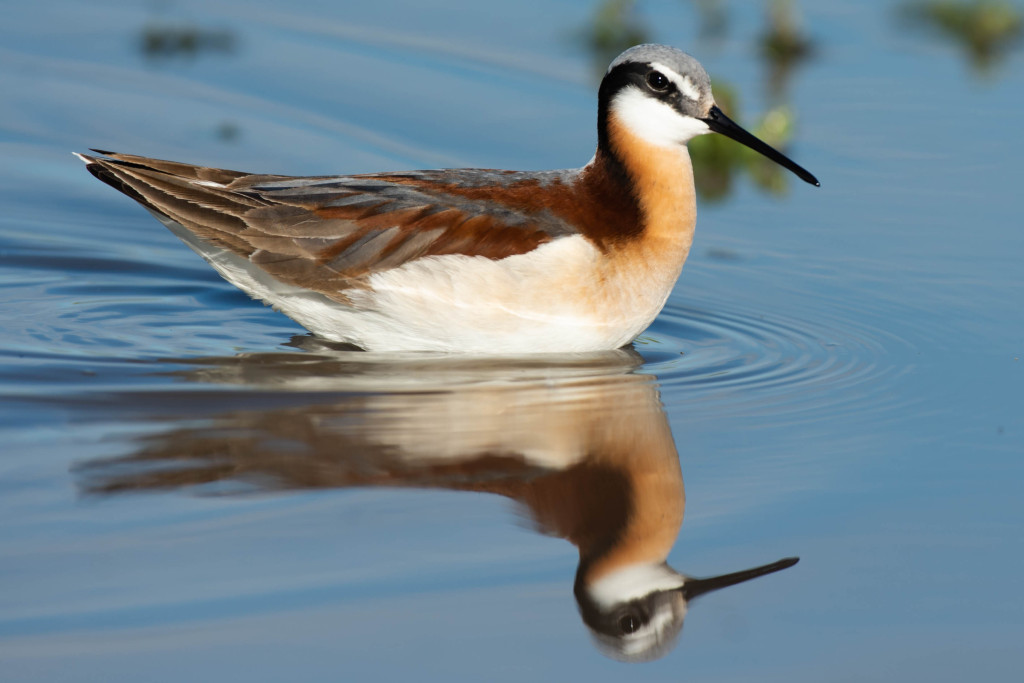
The semipalmated plover looks like a miniature killdeer with only one black band across its chest. Their brown plumage allows them to blend into mudflats and sandbars where they forage in a run-stop-run style with other small species, like the least sandpiper. To learn about incredible shorebird-viewing opportunities, visit the wetlands and flooded fields of the Rainwater Basin in south-central Nebraska.
Some species of shorebirds will stick around to breed in Nebraska. The American avocet breeds in wetlands in the western Sandhills and alkaline wetlands in the panhandle, and occasionally in other locations around the state. This beautiful species stands out among other foraging shorebirds with its contrasting orange, white and black plumage atop slender long legs. To eat, American avocet wade into the water where they move their upturned bills in a back and forth motion to skim aquatic insects off the surface of the water.
Another occasional breeder in the Sandhills wetlands is the large, cinnamon colored and marbled godwit. This bird has a unique bill that helps distinguish it from other shorebirds. They use their long, slightly upturned, bi-colored bill to pull out aquatic invertebrates and plant tubers from muddy, shallow wetlands. For more information about viewing shorebirds in Nebraska, click here.
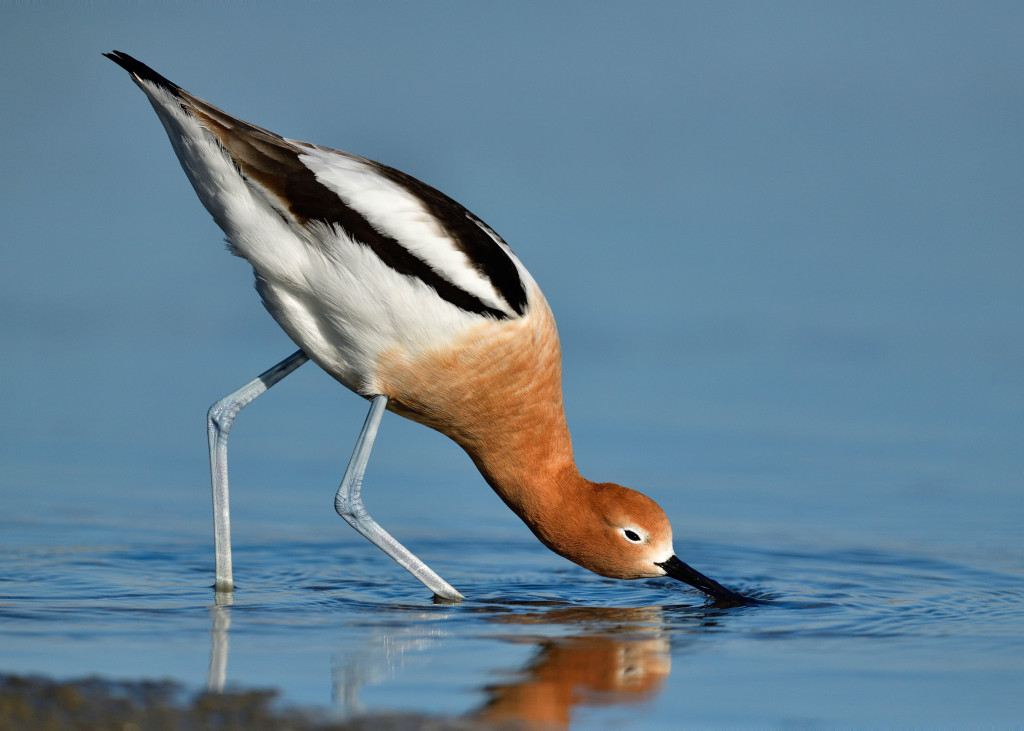
Warblers
The arrival of warblers with their colorful plumage and melodic songs transform woodlands overnight. These colorful, tiny songbirds flitter about in the treetops and shrubby, wooded borders in search of newly emerged insects. Like shorebirds, warblers arrive after flying all night during migration from wintering grounds. In early mornings in May, you might experience a burst of activity and melodies as the hungry warblers move around tree canopies gorging on insects — they are replenishing fat stores lost from the previous night’s migration and preparing for the next leg of their journey to reach breeding grounds.
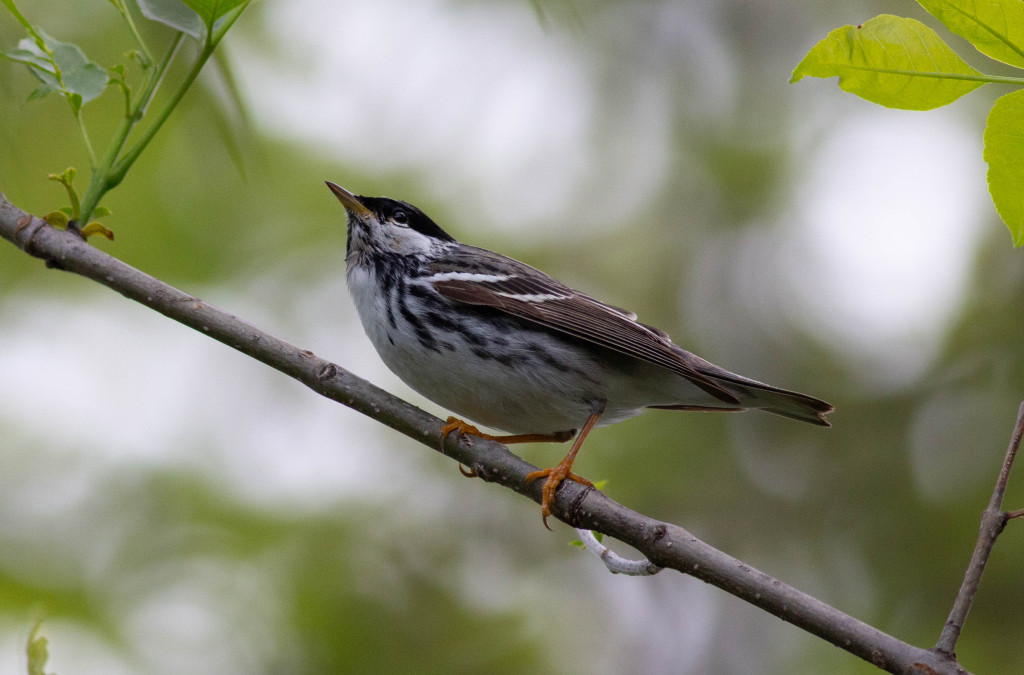
On the other hand, warblers that stick around all summer are eager to establish and defend their breeding territories in the state. Along the Missouri River corridor of eastern Nebraska, locations such as Indian Cave and Ponca state parks offer some of the best viewing opportunities of warbler species, such as the northern parula, Kentucky and blackpoll warblers. However, you can enjoy warblers in many locations in Nebraska that have deciduous trees (trees that loose leaves in winter), shrubs and a bit of water, like at local parks.
Even with their bright plumage, warblers can be difficult to see among the leaves and branches of the forest canopy. To spot warblers, listen for their unique songs and watch for glimpses of movement in the trees and shrubs before raising your binoculars. Often, multiple species will forage closely together, so if you come across this, then you have hit the birding jackpot. Take your time to search through all the birds in these mixed flocks — you never know if a rare bird will be lurking amongst the others.
Explore more warbler viewing tips here.
Grassland Birds
Of course, we can’t leave out the incredible diversity of grassland birds! Nebraska has four different grassland ecological regions in our state, each supporting a wide variety of grassland species. May offers a great time to view grassland birds as they set up and defend their breeding territories. From the widespread, loquacious dickcissels, to the secretive grasshopper sparrow that literally sounds like a grasshopper, to the chestnut-collared longspur in the western shortgrass prairie, there are numerous prairie birds to enjoy.
The upland sandpiper is unlike most other shorebirds, preferring the open prairies where it forages on grasshoppers and other insects. Males fly in circles above their territories making a whistling-like call — an iconic sound of the prairie. Although it may seem odd to see a tall, slender shorebird perched on top of a fence post in the middle of a prairie, this is typical behavior of upland sandpipers, making them easy to spot while you’re driving.
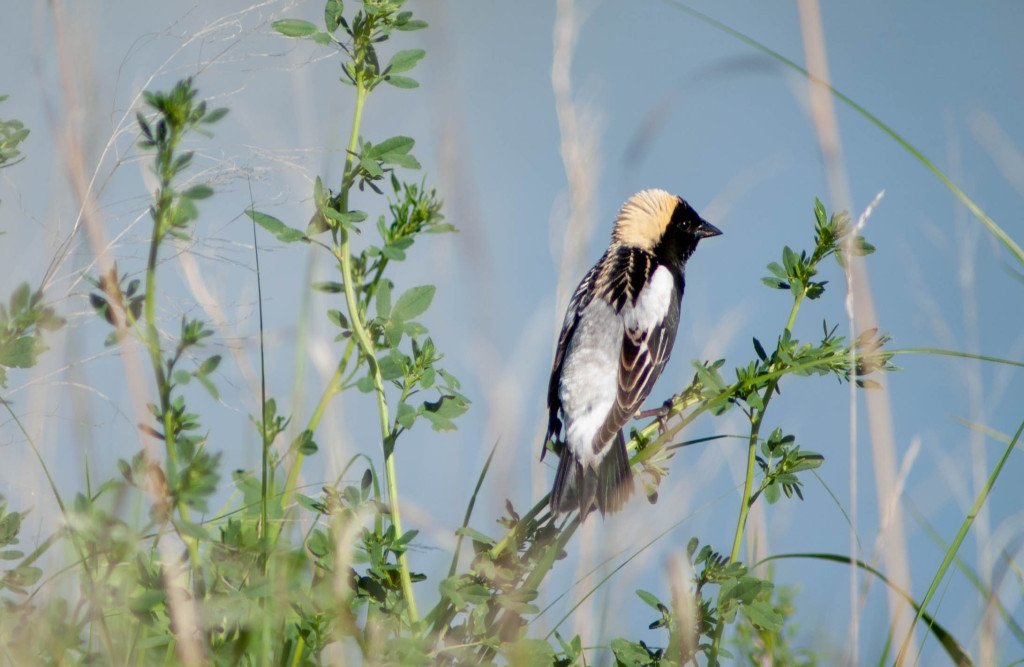
So, who is the star of prairie displays in May? The bobolink, of course, with its backward, tuxedo-like plumage that gives it a striking appearance, and blonde-colored feathers that resemble a mullet and screams “party in the back.” The bobolink is the life of the prairie party, possessing a metallic, techno-like call and fluttering flight moves that attract females and scare off competitors.
The birding opportunities are endless during Nebraska Bird Month. For more great birding opportunities, check out the Nebraska Birding Guide map for the best birding locations across the state and the Nebraska Bird Month events for guided walks and programs near you.
Wildlife Viewing Events This Month
Register today to participate in the first Nebraska Birding Bowl — a fun, free and statewide event for bird watchers of all skill levels. You could win prizes just for participating! To register your team and to learn more, visit the Nebraska Birding Bowl website.
Nebraska Bird Month is a month-long celebration of birds, bird watching and bird migration throughout the entire month of May. Learn about guided bird walks and educational programs offered across the state here.
Nebraska Wetland Month brings awareness to the diverse wetlands across the state and the unique flora and fauna found at each wetland. To explore the wetlands of Nebraska, visit this website.
Tying together Nebraska Bird Month and Wetland Month is World Migratory Bird Day on May 13. The campaign this year is “Water: Sustaining Bird Life.” This campaign focuses on bringing awareness to our increasingly threatened aquatic ecosystems and their importance in supporting migratory birds.
The post May Wildlife Viewing – Birds! appeared first on Nebraskaland Magazine.
















